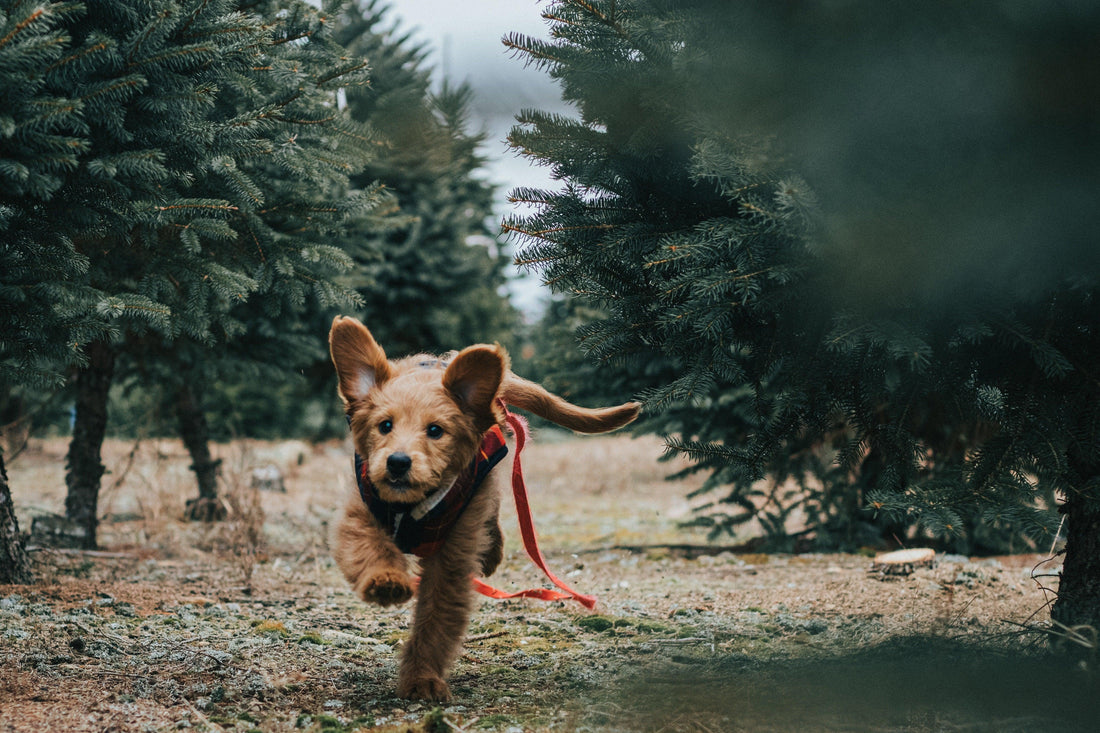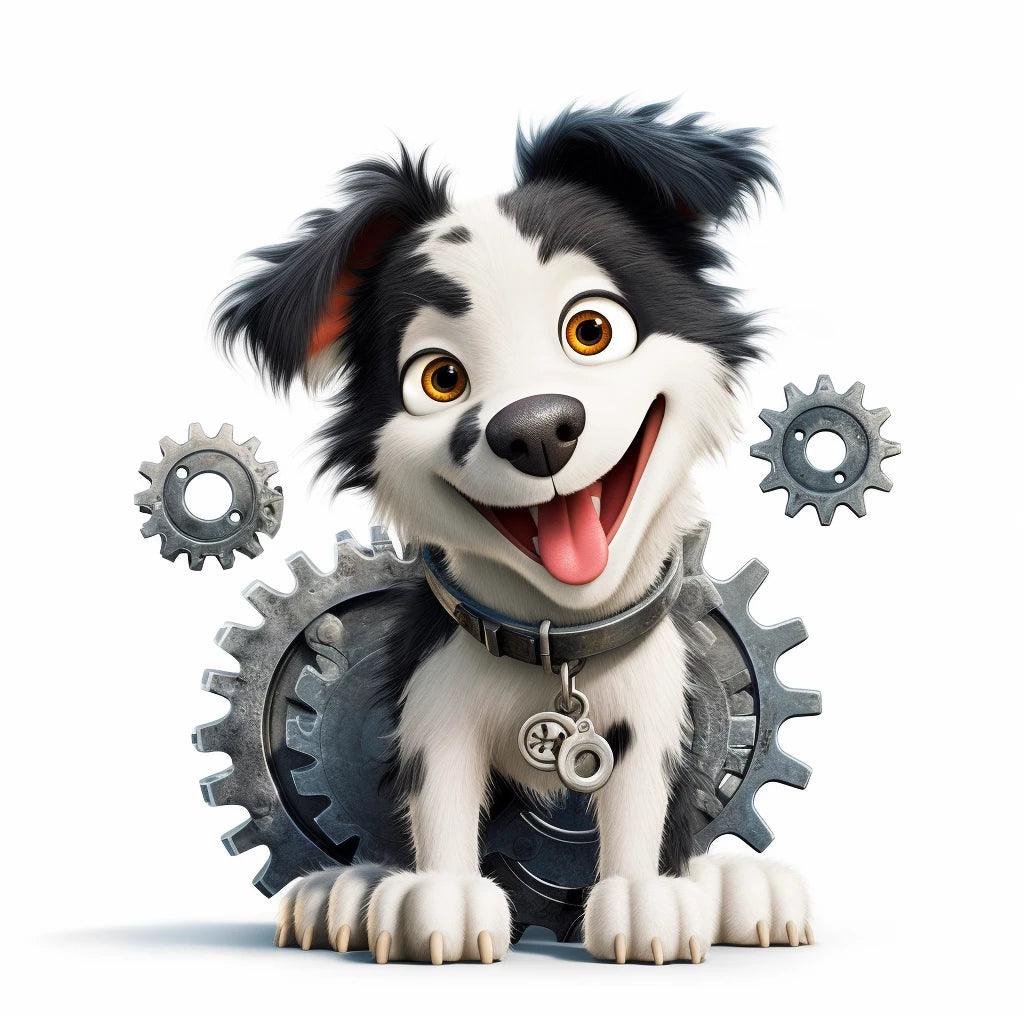
Teaching your dog a perfect recall
Share
A few days ago I had the opportunity to work with an exceptional dog named Sandy, a Golden Retriever full of energy and enthusiasm. Her owners contacted me because they were having difficulty with Sandy's recall. They dreamed of being able to let him run free on their walks, but they feared he wouldn't come back when they called him. This is a common problem for many dog owners, and I was happy to be able to help them resolve this issue.
The recall problem
Recall is one of the most important commands to teach a dog. This is an essential skill for the pet's safety and the owner's peace of mind. However, many dogs, like Sandy, have difficulty mastering this skill. They may be distracted by their surroundings, be reluctant to leave something interesting, or simply not understand what their owner expects of them.
The solution: the whistle
To solve the problem of recalling Sandy, I decided to use a whistle. The idea was to create a new association in Sandy's mind: two whistles mean "come back to me." Why a whistle? Because the sound of the whistle is constant, unlike our voice which can vary in tone and volume. Additionally, the sound of the whistle carries farther than our voice, which is especially useful in large, open spaces.
Putting in practice
I started by attaching Sandy to a long leash, so I could control him if necessary. Then, I started working on the association between the whistle and the reminder. Every time Sandy came back to me, I blew my whistle twice, praised him warmly, and gave him a treat. The goal was to make Sandy understand that coming back to me at the whistle was a positive thing.
At first, Sandy was a little confused, but he quickly grasped the concept. Every time I called Sandy and he came back to me, I blew my whistle twice, praised him, and gave him a treat. Soon, Sandy began to associate the sound of the whistle with the reminder. He became more and more responsive to the whistle, coming back to me enthusiastically every time I whistled.
Positive reinforcement
One of the key elements of this method is positive reinforcement. Every time Sandy came back to me when the whistle called, I warmly praised him and gave him a treat. This reinforced in his mind the idea that coming back to me at the call of the whistle was a positive thing. This is a very effective technique for teaching a dog new skills.
Conclusion
After several training sessions, Sandy mastered the whistle recall. His owners were delighted to be able to let him run free on their walks, knowing that they could call him back at any time. It was a great victory for Sandy and her owners, and further proof of the effectiveness of positive reinforcement in dog training.
It is important to note that learning to recall is a process that requires time and patience. It doesn't take just a few training sessions for your dog to master this skill perfectly. It takes consistency, repetition and lots of positive reinforcement. But with patience and persistence, you can teach your dog a perfect recall.
Ultimately, the goal is to be able to fully enjoy your walks with your dog, without having to worry about their safety. A dog that responds well to recall is one that can explore its environment freely, knowing that it is safe to return to you at any time. It's a goal worth pursuing, for your dog's happiness and yours.
Romeo - Dog Educator
Partner Tao-K9
FAQs on Teaching Your Dog to Recall
Q1: How long does it take to teach my dog an effective recall?
Answer: Learning to recall varies with each dog, depending on their age, breed, and temperament. Some dogs can learn a reliable recall within a few weeks, while for others it may take several months. The key is consistency and patience in training.
Q2: My dog is already an adult, is it too late to teach him the recall?
Answer: It's never too late to teach a dog new behaviors, including recall. Adult dogs can learn just as well as puppies, although it may sometimes require more time and patience. Positive approach and rewards are essential for success.
Q3: What should I do if my dog responds to the recall at home but not outside?
Answer: If your dog responds well to being reminded at home but ignores commands outside, it usually means he is distracted by the environment. Gradually increase the level of distraction during training, starting in a quiet location outdoors, and use high-value rewards to positively reinforce the desired behavior.
Q4: Can I use a whistle for recall training?
Answer: Yes, a whistle can be a very effective tool for recall training, especially if you are in a noisy environment or at a distance. The sound of the whistle is constant and can carry further than the voice, providing a clear cue for your dog. Make sure you positively associate it with recall by practicing regularly with rewards.
Q5: What should I do if my dog does not return after being recalled?
Answer: If your dog doesn't come back immediately, resist the urge to scold him when he finally comes back to you, as this could make the recall negative for him. Instead, continue practicing in controlled situations and reward every progress, no matter how minor. Also consider consulting a professional dog trainer for personalized advice.
To discover :






